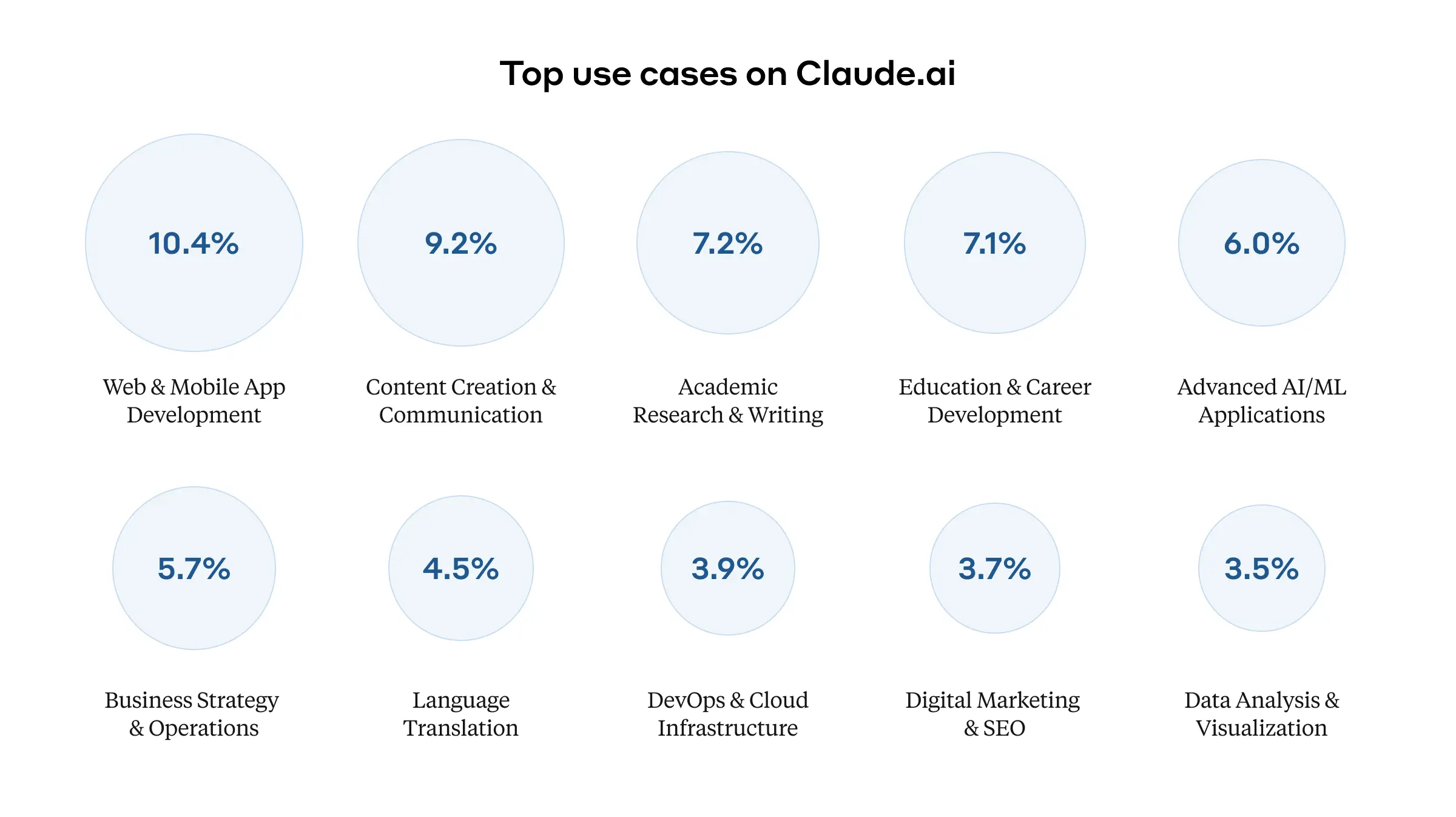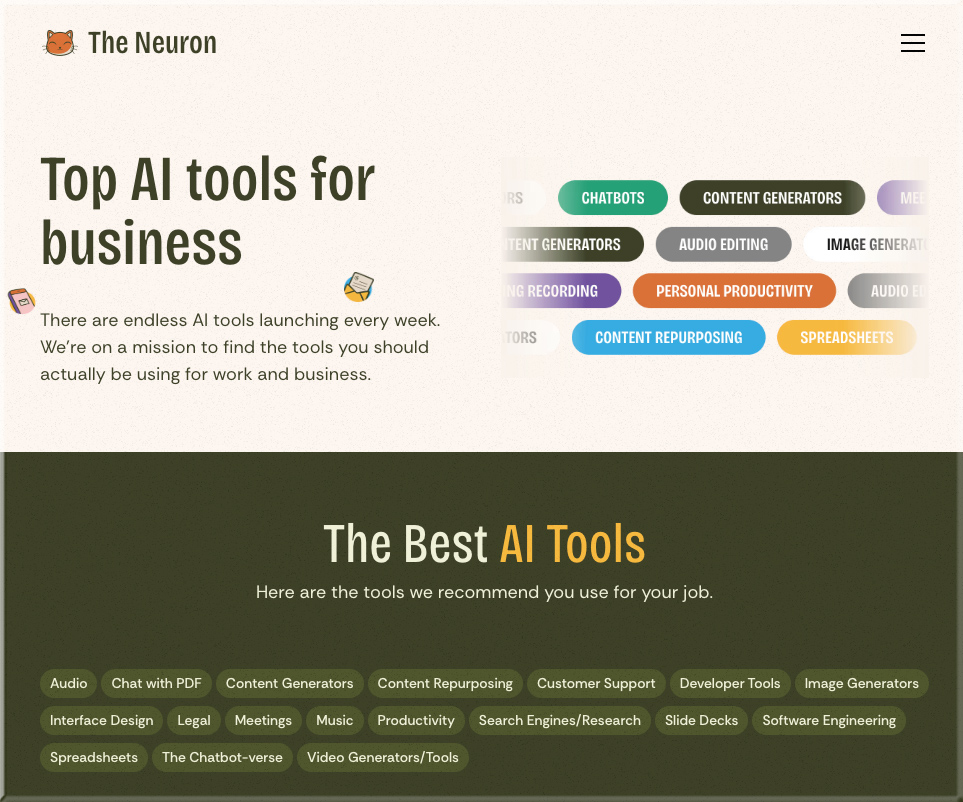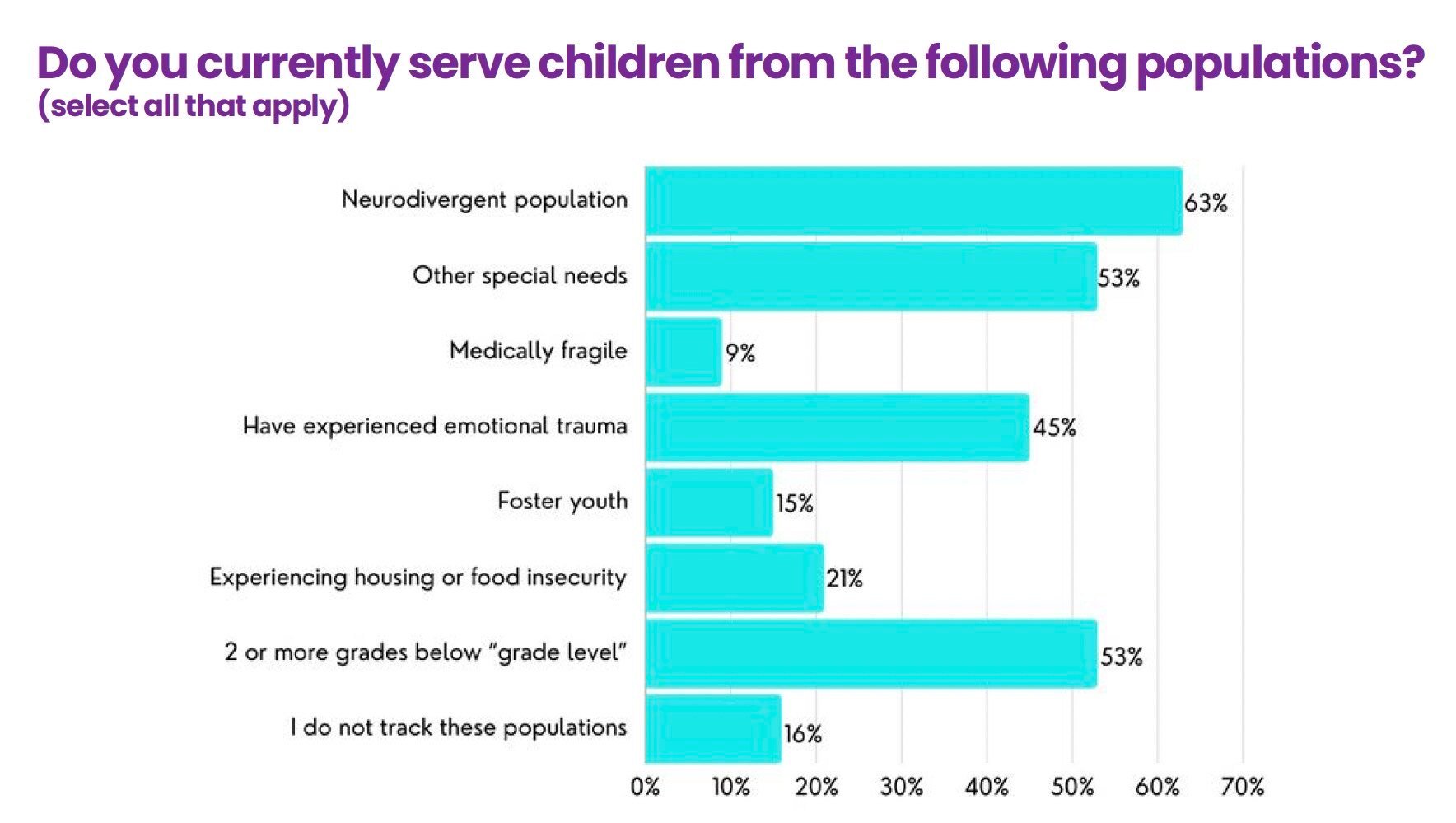NVIDIA’s Apple moment?! — from theneurondaily.com by Noah Edelman and Grant Harvey
PLUS: How to level up your AI workflows for 2025…
NVIDIA wants to put an AI supercomputer on your desk (and it only costs $3,000).
…
And last night at CES 2025, Jensen Huang announced phase two of this plan: Project DIGITS, a $3K personal AI supercomputer that runs 200B parameter models from your desk. Guess we now know why Apple recently developed an NVIDIA allergy…
…
But NVIDIA doesn’t just want its “Apple PC moment”… it also wants its OpenAI moment. NVIDIA also announced Cosmos, a platform for building physical AI (think: robots and self-driving cars)—which Jensen Huang calls “the ChatGPT moment for robotics.”
Jensen Huang’s latest CES speech: AI Agents are expected to become the next robotics industry, with a scale reaching trillions of dollars — from chaincatcher.com
NVIDIA is bringing AI from the cloud to personal devices and enterprises, covering all computing needs from developers to ordinary users.
At CES 2025, which opened this morning, NVIDIA founder and CEO Jensen Huang delivered a milestone keynote speech, revealing the future of AI and computing. From the core token concept of generative AI to the launch of the new Blackwell architecture GPU, and the AI-driven digital future, this speech will profoundly impact the entire industry from a cross-disciplinary perspective.
Also see:
NVIDIA Project DIGITS: The World’s Smallest AI Supercomputer. — from nvidia.com
A Grace Blackwell AI Supercomputer on your desk.
From DSC:
I’m posting this next item (involving Samsung) as it relates to how TVs continue to change within our living rooms. AI is finding its way into our TVs…the ramifications of this remain to be seen.
OpenAI ‘now knows how to build AGI’ — from therundown.ai by Rowan Cheung
PLUS: AI phishing achieves alarming success rates
The Rundown: Samsung revealed its new “AI for All” tagline at CES 2025, introducing a comprehensive suite of new AI features and products across its entire ecosystem — including new AI-powered TVs, appliances, PCs, and more.
The details:
- Vision AI brings features like real-time translation, the ability to adapt to user preferences, AI upscaling, and instant content summaries to Samsung TVs.
- Several of Samsung’s new Smart TVs will also have Microsoft Copilot built in, while also teasing a potential AI partnership with Google.
- Samsung also announced the new line of Galaxy Book5 AI PCs, with new capabilities like AI-powered search and photo editing.
- AI is also being infused into Samsung’s laundry appliances, art frames, home security equipment, and other devices within its SmartThings ecosystem.
Why it matters: Samsung’s web of products are getting the AI treatment — and we’re about to be surrounded by AI-infused appliances in every aspect of our lives. The edge will be the ability to sync it all together under one central hub, which could position Samsung as the go-to for the inevitable transition from smart to AI-powered homes.
***
“Samsung sees TVs not as one-directional devices for passive consumption but as interactive, intelligent partners that adapt to your needs,” said SW Yong, President and Head of Visual Display Business at Samsung Electronics. “With Samsung Vision AI, we’re reimagining what screens can do, connecting entertainment, personalization, and lifestyle solutions into one seamless experience to simplify your life.” — from Samsung
Understanding And Preparing For The 7 Levels Of AI Agents — from forbes.com by Douglas B. Laney
The following framework I offer for defining, understanding, and preparing for agentic AI blends foundational work in computer science with insights from cognitive psychology and speculative philosophy. Each of the seven levels represents a step-change in technology, capability, and autonomy. The framework expresses increasing opportunities to innovate, thrive, and transform in a data-fueled and AI-driven digital economy.
The Rise of AI Agents and Data-Driven Decisions — from devprojournal.com by Mike Monocello
Fueled by generative AI and machine learning advancements, we’re witnessing a paradigm shift in how businesses operate and make decisions.
AI Agents Enhance Generative AI’s Impact
Burley Kawasaki, Global VP of Product Marketing and Strategy at Creatio, predicts a significant leap forward in generative AI. “In 2025, AI agents will take generative AI to the next level by moving beyond content creation to active participation in daily business operations,” he says. “These agents, capable of partial or full autonomy, will handle tasks like scheduling, lead qualification, and customer follow-ups, seamlessly integrating into workflows. Rather than replacing generative AI, they will enhance its utility by transforming insights into immediate, actionable outcomes.”
Here’s what nobody is telling you about AI agents in 2025 — from aidisruptor.ai by Alex McFarland
What’s really coming (and how to prepare).
Everyone’s talking about the potential of AI agents in 2025 (and don’t get me wrong, it’s really significant), but there’s a crucial detail that keeps getting overlooked: the gap between current capabilities and practical reliability.
Here’s the reality check that most predictions miss: AI agents currently operate at about 80% accuracy (according to Microsoft’s AI CEO). Sounds impressive, right? But here’s the thing – for businesses and users to actually trust these systems with meaningful tasks, we need 99% reliability. That’s not just a 19% gap – it’s the difference between an interesting tech demo and a business-critical tool.
This matters because it completely changes how we should think about AI agents in 2025. While major players like Microsoft, Google, and Amazon are pouring billions into development, they’re all facing the same fundamental challenge – making them work reliably enough that you can actually trust them with your business processes.
Think about it this way: Would you trust an assistant who gets things wrong 20% of the time? Probably not. But would you trust one who makes a mistake only 1% of the time, especially if they could handle repetitive tasks across your entire workflow? That’s a completely different conversation.
Why 2025 will be the year of AI orchestration — from venturebeat.com by Emilia David|
In the tech world, we like to label periods as the year of (insert milestone here). This past year (2024) was a year of broader experimentation in AI and, of course, agentic use cases.
As 2025 opens, VentureBeat spoke to industry analysts and IT decision-makers to see what the year might bring. For many, 2025 will be the year of agents, when all the pilot programs, experiments and new AI use cases converge into something resembling a return on investment.
In addition, the experts VentureBeat spoke to see 2025 as the year AI orchestration will play a bigger role in the enterprise. Organizations plan to make management of AI applications and agents much more straightforward.
Here are some themes we expect to see more in 2025.
Predictions For AI In 2025: Entrepreneurs Look Ahead — from forbes.com by Jodie Cook
AI agents take charge
Jérémy Grandillon, CEO of TC9 – AI Allbound Agency, said “Today, AI can do a lot, but we don’t trust it to take actions on our behalf. This will change in 2025. Be ready to ask your AI assistant to book a Uber ride for you.” Start small with one agent handling one task. Build up to an army.
“If 2024 was agents everywhere, then 2025 will be about bringing those agents together in networks and systems,” said Nicholas Holland, vice president of AI at Hubspot. “Micro agents working together to accomplish larger bodies of work, and marketplaces where humans can ‘hire’ agents to work alongside them in hybrid teams. Before long, we’ll be saying, ‘there’s an agent for that.'”
…
Voice becomes default
Stop typing and start talking. Adam Biddlecombe, head of brand at Mindstream, predicts a shift in how we interact with AI. “2025 will be the year that people start talking with AI,” he said. “The majority of people interact with ChatGPT and other tools in the text format, and a lot of emphasis is put on prompting skills.
Biddlecombe believes, “With Apple’s ChatGPT integration for Siri, millions of people will start talking to ChatGPT. This will make AI so much more accessible and people will start to use it for very simple queries.”
Get ready for the next wave of advancements in AI. AGI arrives early, AI agents take charge, and voice becomes the norm. Video creation gets easy, AI embeds everywhere, and one-person billion-dollar companies emerge.
These 4 graphs show where AI is already impacting jobs — from fastcompany.com by Brandon Tucker
With a 200% increase in two years, the data paints a vivid picture of how AI technology is reshaping the workforce.
To better understand the types of roles that AI is impacting, ZoomInfo’s research team looked to its proprietary database of professional contacts for answers. The platform, which detects more than 1.5 million personnel changes per day, revealed a dramatic increase in AI-related job titles since 2022. With a 200% increase in two years, the data paints a vivid picture of how AI technology is reshaping the workforce.
Why does this shift in AI titles matter for every industry?






















